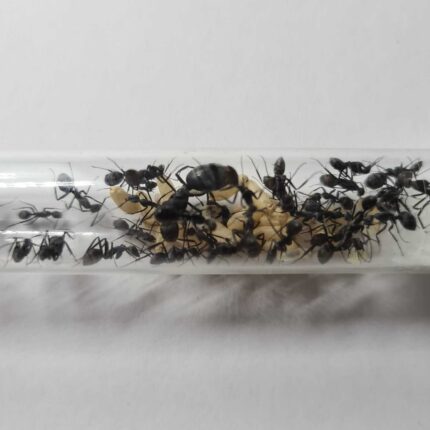
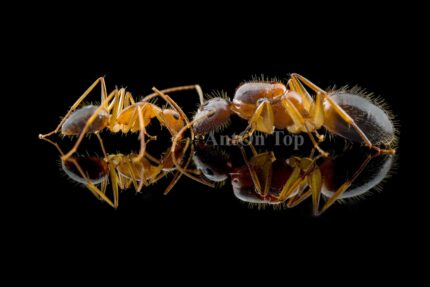
Camponotus pilicornis
109,90 zł – 179,90 zł
Camponotus pilicornis is a monogyny ant species with colony sizes of up to 5000 workers. They have a medium development rate. The queen is 14-16mm in size, while workers range from 6-9mm and majors from 10-13mm. They are brown or dark orange in color and feed on food insects, syrup, fruits, vegetables, jelly, and cooked chicken.
| Behavior | |
|---|---|
| Difficulty in breeding | |
| Origin | |
| The size of ants | |
| Wintering |
Camponotus pilicornis: A Fascinating Ant Species
Welcome to our comprehensive product description for Camponotus pilicornis, a captivating ant species that will captivate and educate enthusiasts of all ages. In this guide, we will cover various aspects of Camponotus pilicornis, including colony type, size, development rate, color, nutrition, humidity, temperature, and recommended nests for breeding. Let’s dive in and explore the world of Camponotus pilicornis!
Colony Type: Monogyny
Colony Size: Up to 5000 workers
Development Speed: medium
Size
- Queen: 14-16mm
- Workers: 6-9mm
- Majors: 10-13mm
Camponotus pilicornis is characterized by a size range across its different castes. The queen ants measure between 14-16mm in length, while the workers range from 6-9mm. The majors, which are specialized ants with larger heads, can reach sizes of 10-13mm. These size differences play a crucial role in the division of labor within the colony.
Color: Brown, Dark Orange
The coloration of Camponotus pilicornis is a beautiful combination of brown and dark orange hues. These striking and distinctive color patterns add to their visual appeal, making them a captivating addition to any ant collection.
Nutrition
Providing a balanced and varied diet is crucial for the health and well-being of Camponotus pilicornis colonies. Here is a list of recommended foods:
- Food insects (such as cockroaches and crickets) dead, or live if colony is big
- Syrup (a mixture of water and honey or sugar, with a ratio of 4/3 water:1)
- Fruits and vegetables
- Jelly
- Cooked chicken without salt, shrimps
- Honey
By offering a diverse range of food sources, you can ensure that your Camponotus pilicornis colony receives the necessary nutrients for optimal growth and development.
Humidity and Temperature
Creating the ideal environmental conditions is crucial for the well-being of Camponotus pilicornis colonies. Here are the recommended humidity and temperature ranges:
- Humidity:
- Arena: 30-50%
- Nest: 50-60%
- Temperature:
- Arena: 18-28°C
- Nest: 21-24°C
Camponotus pilicornis thrive in environments with moderate humidity levels, both in their immediate nest area and the surrounding habitat. Maintaining a stable temperature range is also essential for their overall well-being and activity levels.
Recommended Nests for Breeding
When it comes to selecting suitable nests for breeding Camponotus pilicornis, we recommend considering the following options:
These types of nests provide the necessary structure and ventilation, creating a favorable environment for the colony to thrive. It’s important to choose a nest that suits the specific needs and preferences of Camponotus pilicornis.
In conclusion, Camponotus pilicornis is a captivating ant species with unique characteristics and specific requirements. By providing them with the right conditions, nutrition, and suitable breeding nests, you can observe and appreciate their fascinating behavior and contribute to their overall well-being. Start your journey into the world of Camponotus pilicornis today!


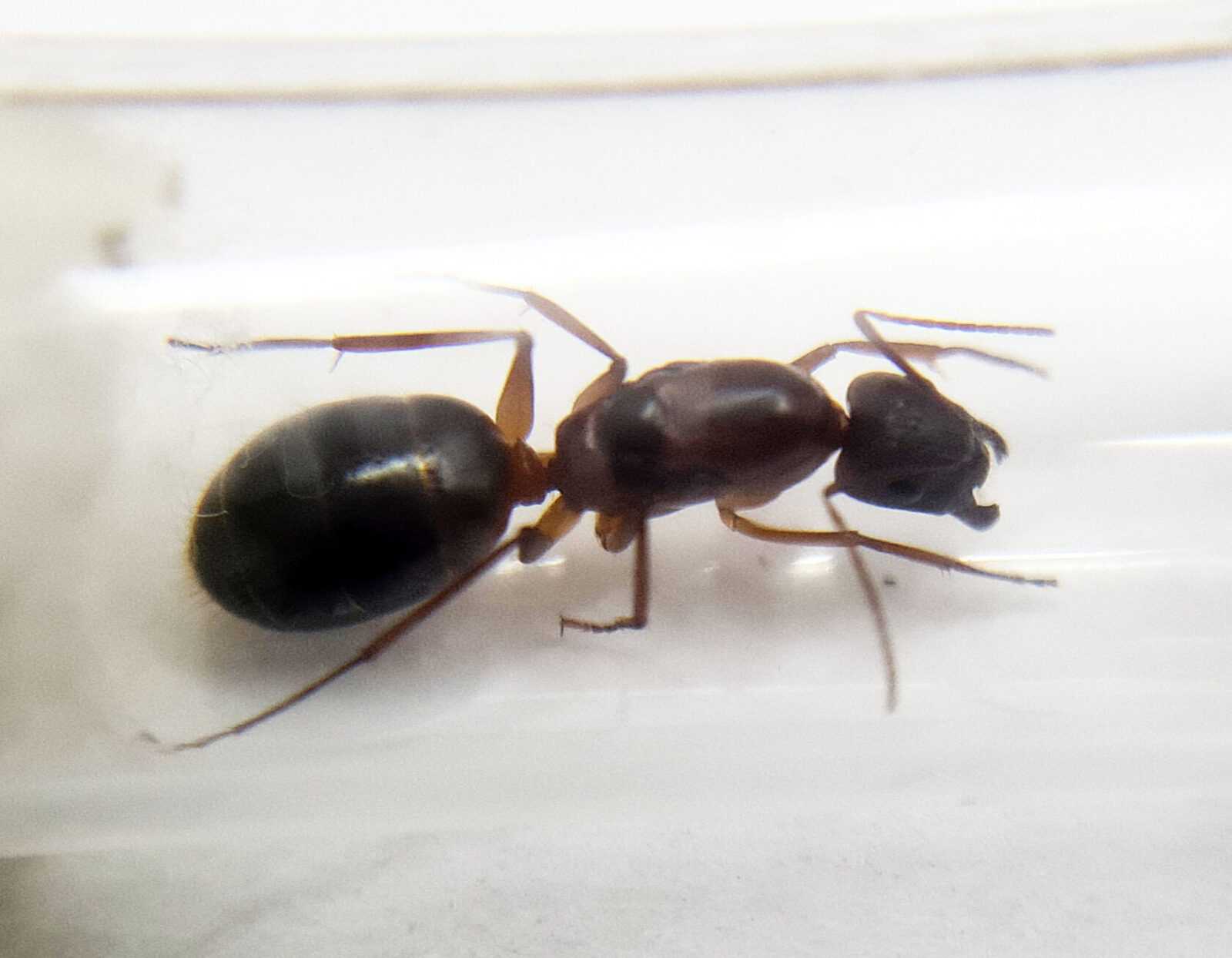
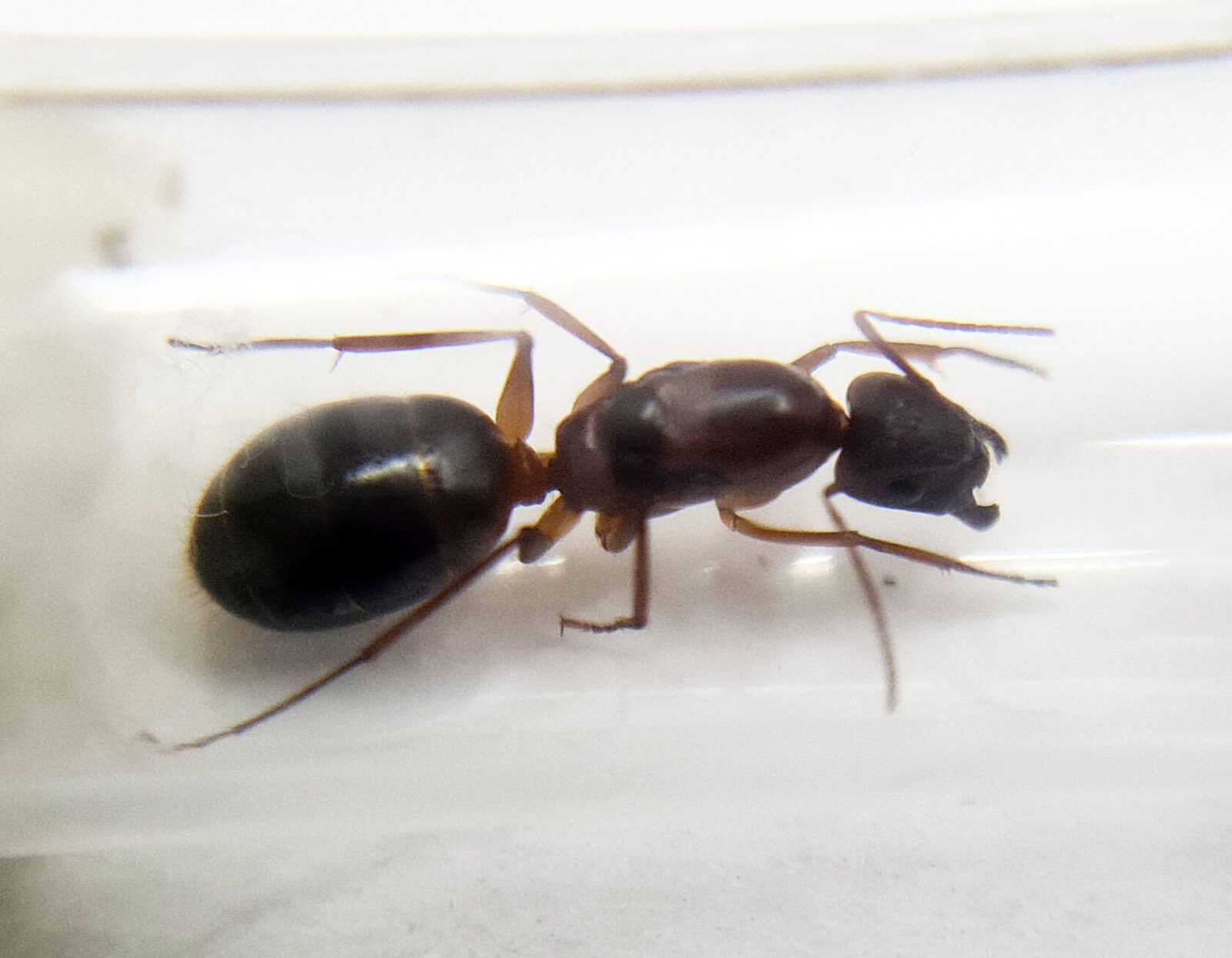
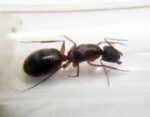
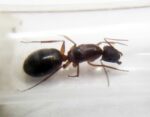
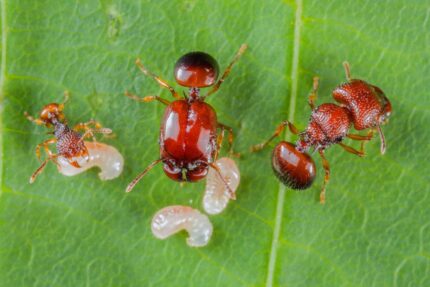
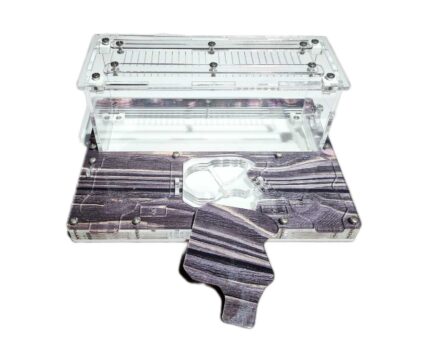
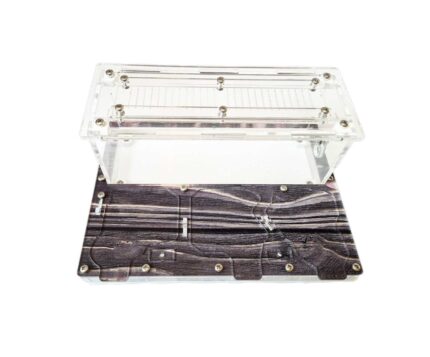
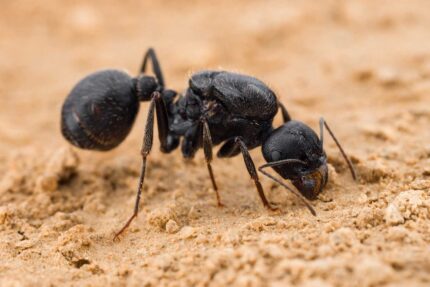
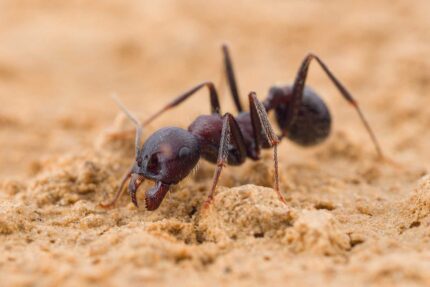
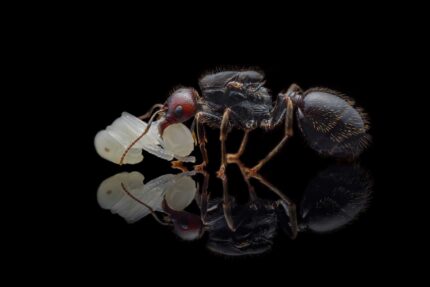
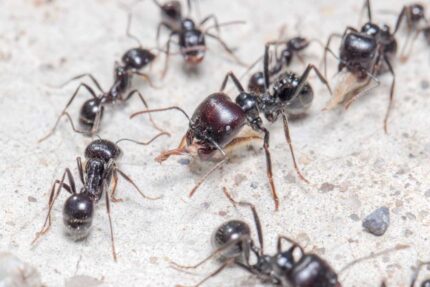
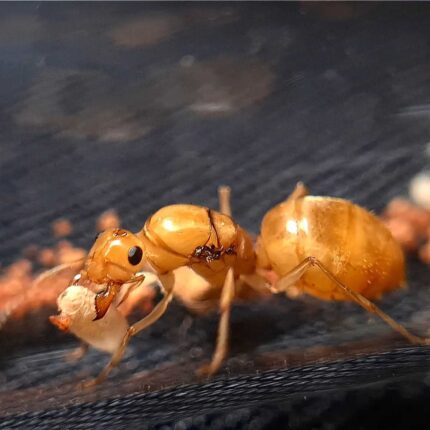
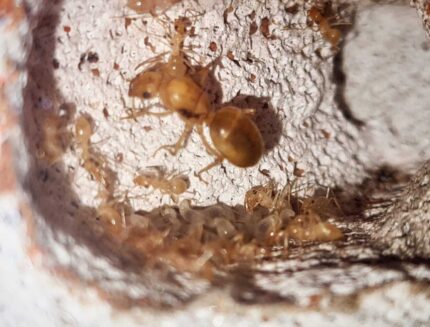
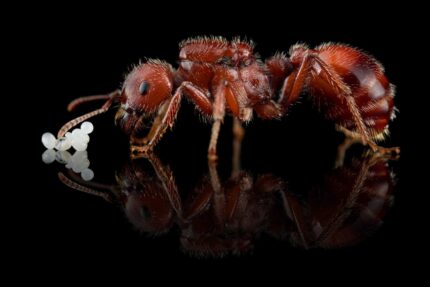
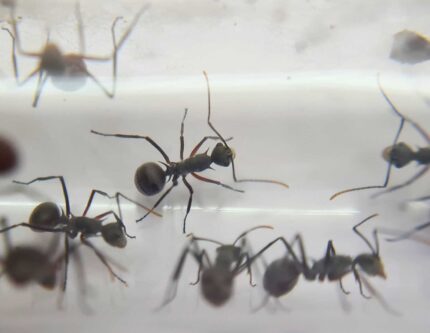
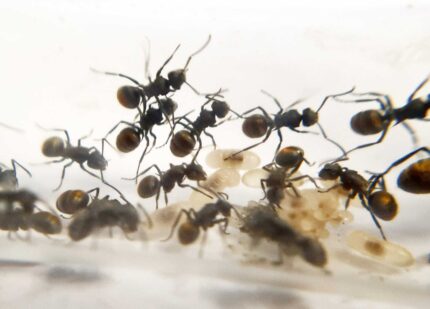
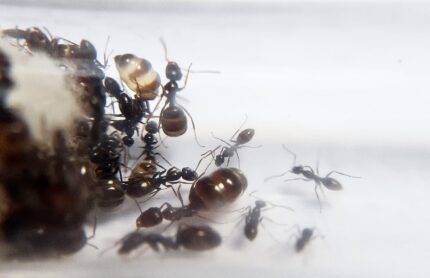
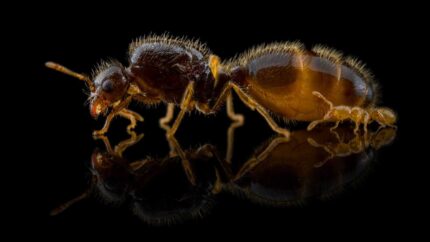
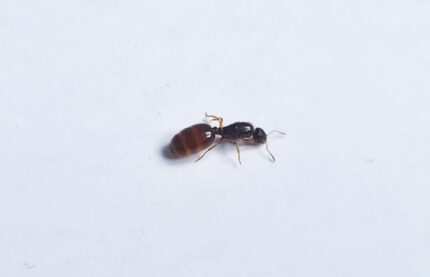
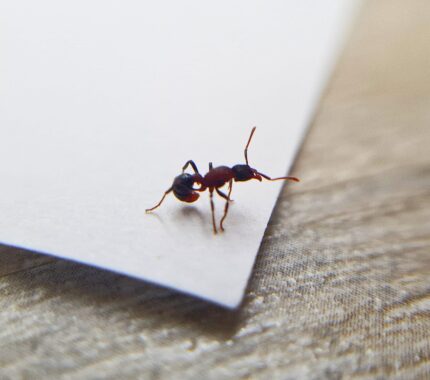
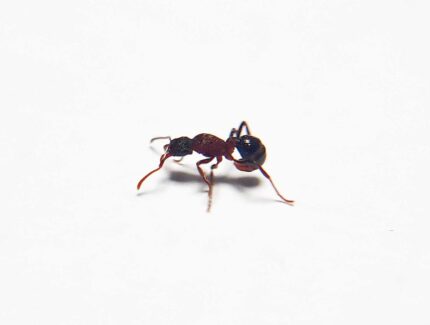
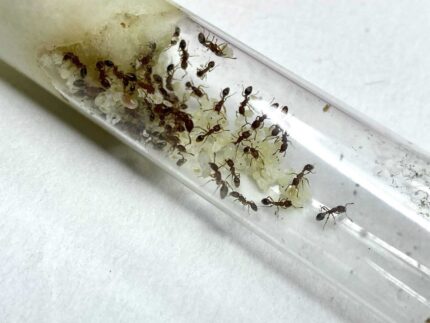
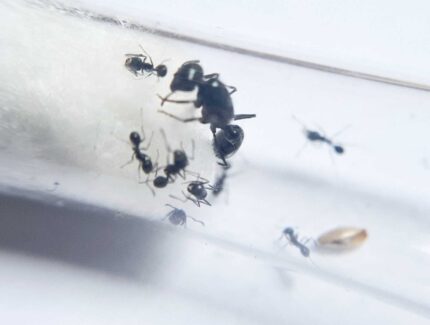
Valoraciones
Clear filtersNo hay valoraciones aún.